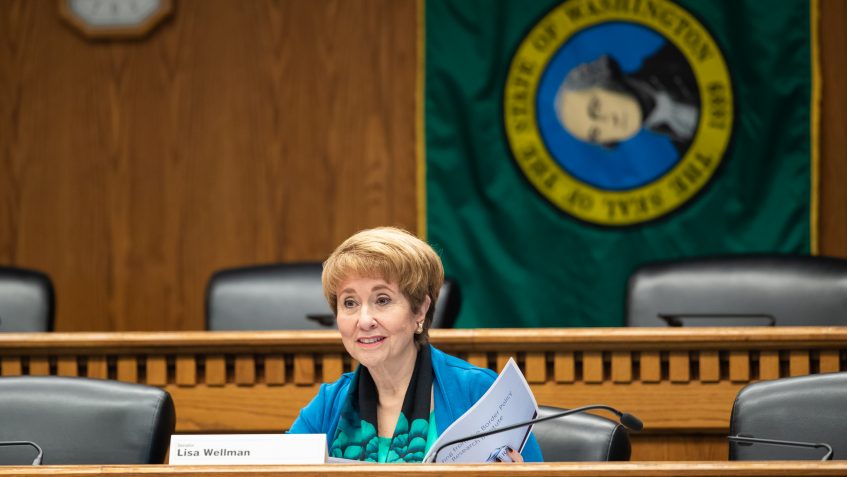A bill passed today by the Washington State Senate increases funding for special education, paving the way for more inclusive learning environments. The bill passed with a unanimous vote.
Senate Bill 5091 is sponsored by Sen. Lisa Wellman (D-Mercer Island), who chairs the Senate Early Learning & K-12 Education committee. The additional special education funding comes at the request of parents, teachers and schools.
“We know that Washington’s special education students aren’t as successful as students in other states, and that is absolutely unacceptable,” Wellman said. “In order to make meaningful changes, including more inclusive learning environments, we must allocate additional funding to implement evidence-based practices.”
The bill changes the state’s cost multiplier for special education funding from 0.9609 to 1. This multiplier would be applied to calculate the amount of general education funding that each student receives in a given school district. For example, in a school district with $1,000 in per pupil funding, the district would be allocated $2,000 for each special education student.
The bill also replaces federal funding for the special education safety net with state funding – which allocates additional funding to schools with students who have high-cost Individualized Education Programs (IEPs). This frees up the federal funding to be used for other services such as professional learning for special education teachers.
Wellman amended the bill on the Senate floor to apply the same special education cost multiplier to incarcerated youth who qualify for special education. Currently, state and county institutions do not receive additional funding for these students, even though more than half of students in these facilities qualify for special education services.
In Washington, less than 4 percent of students with disabilities are identified as having an intellectual disability, and more than 90 percent have above average intellectual functioning, according to data from the Office of the Superintendent of Public Instruction. But only 55 percent are placed in general education for 80 to 100 percent of the day. For students of color, the number is even lower — only 47 percent.
“Evidence shows that students who are included in general education have better outcomes,” Wellman said. “We know that this takes more resources, but it’s what we should be working toward.” These bills now heads to the state House of Representatives for consideration.

